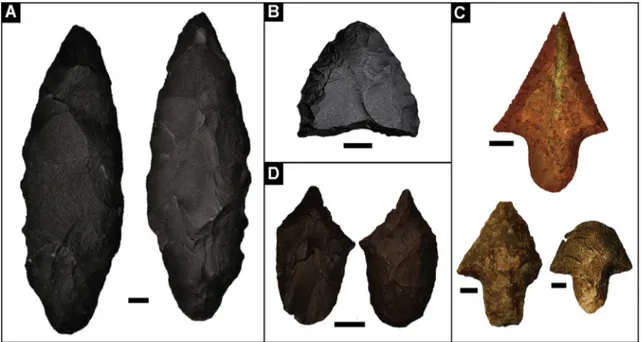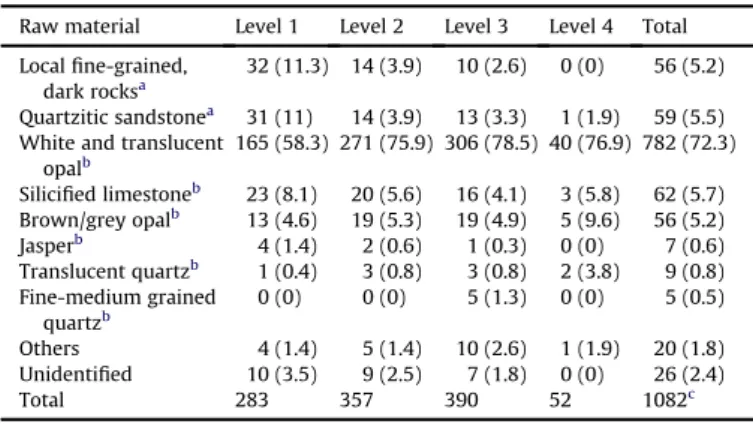Late Pleistocene human occupation of the hyperarid core in the Atacama Desert, northern Chile
Texto completo
Figure




Documento similar
The recent test excavations in the entrance cone of Ardales cave give new insight into the human occupation of the site.. A Holocene and late Pleistocene occupation could
No obstante, como esta enfermedad afecta a cada persona de manera diferente, no todas las opciones de cuidado y tratamiento pueden ser apropiadas para cada individuo.. La forma
Depending on the knapping method, different roles in Levallois recurrent centripetal and discoidal debitage are attributed to core edge flakes and pseudo-Levallois
In the previous sections we have shown how astronomical alignments and solar hierophanies – with a common interest in the solstices − were substantiated in the
While Russian nostalgia for the late-socialism of the Brezhnev era began only after the clear-cut rupture of 1991, nostalgia for the 1970s seems to have emerged in Algeria
In this respect, a comparison with The Shadow of the Glen is very useful, since the text finished by Synge in 1904 can be considered a complex development of the opposition
The Dwellers in the Garden of Allah 109... The Dwellers in the Garden of Allah
In addition to thicker flakes that behave in a way consistent with bulk properties, we also observe the superconducting transition in devices made out of thinner TaS 2 flakes, down to